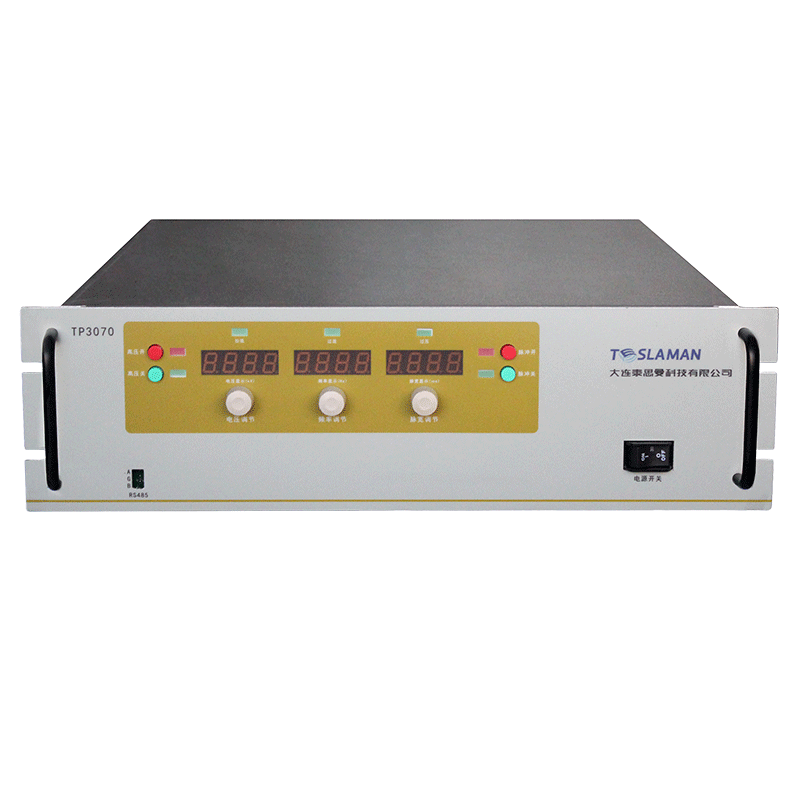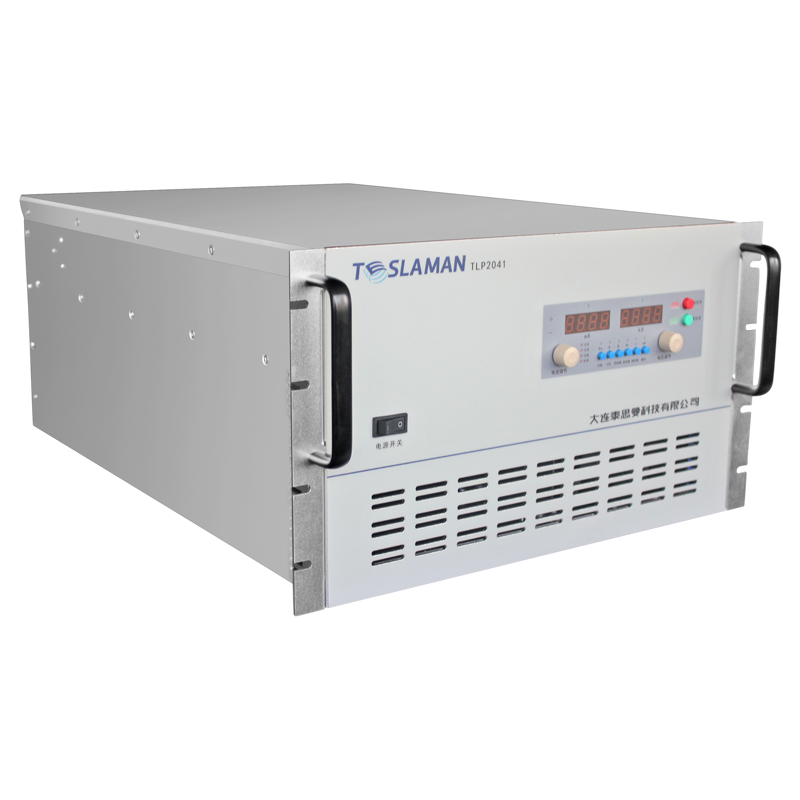Electromagnetic Compatibility of Polarity Switchable High-Voltage Power Supplies
With the continuous development of power electronics technology, polarity switchable high-voltage power supplies have been widely used in various fields due to their flexible power supply characteristics. However, as the integration and operating frequency of electronic devices continue to increase, the electromagnetic compatibility (EMC) issues of polarity switchable high-voltage power supplies have become increasingly prominent, emerging as a key factor affecting their performance and reliability.
The electromagnetic interference (EMI) sources of polarity switchable high-voltage power supplies mainly come from the internal power switching devices and control circuits. During the high-frequency on-off process of power switching devices, rapid changes in voltage and current occur, generating rich harmonic components. These harmonics interfere with surrounding equipment through conduction and radiation. High-speed digital signals in the control circuit, such as the clock signals of microcontrollers and PWM control signals, also generate electromagnetic radiation. Meanwhile, at the moment of polarity switching, due to the influence of parasitic parameters, large transient currents and voltage spikes are generated, further intensifying electromagnetic interference.
The propagation paths of electromagnetic interference are divided into two types: conduction and radiation. Conducted interference spreads through conductors such as power lines and signal lines, disrupting the normal operation of other devices; radiated interference spreads into the surrounding space in the form of electromagnetic waves, affecting nearby electronic devices. In polarity switchable high-voltage power supplies, due to their high operating voltage and intense current changes, the problem of electromagnetic interference propagation is particularly prominent. For example, interference signals on high-voltage output lines can be conducted to other circuits through coupling capacitors, and the radiated interference generated by power devices may affect nearby wireless communication equipment.
To improve the electromagnetic compatibility of polarity switchable high-voltage power supplies, measures need to be taken from multiple aspects. In circuit design, reasonable layout and wiring are crucial. Separating the layout of power circuits and control circuits reduces mutual interference; shortening the transmission paths of high-frequency signals reduces electromagnetic radiation; adding filter circuits suppresses conducted interference. For instance, incorporating common-mode and differential-mode filters at the power input and output terminals can effectively filter out high-frequency interference signals.
In component selection, choose components with low electromagnetic radiation and high anti-interference capabilities. For example, power devices using soft-switching technology can reduce the rate of change of voltage and current during the switching process, thereby reducing the generation of electromagnetic interference. For chips in the control circuit, select models with good electromagnetic compatibility to enhance the overall anti-interference ability of the circuit.
In addition, shielding technology is also an effective means to improve electromagnetic compatibility. Shielding key components of the power supply, such as enclosing power devices and control circuits with metal shielding covers, prevents the leakage of electromagnetic radiation. At the same time, shielding high-voltage output lines reduces their interference with surrounding equipment.
At the system level, rationally plan the operating parameters and control strategies of the power supply. By optimizing the timing and control algorithms for polarity switching, transient interference at the moment of switching can be reduced; setting the operating frequency of the power supply reasonably avoids resonance interference with other devices.
In conclusion, the electromagnetic compatibility of polarity switchable high-voltage power supplies is a complex systems engineering. It requires comprehensive consideration and effective measures from multiple aspects, including circuit design, component selection, shielding technology, and system optimization. Only in this way can the power supply operate without generating interference, while also having good anti-interference capabilities, meeting the stringent electromagnetic compatibility requirements of modern electronic devices.




















